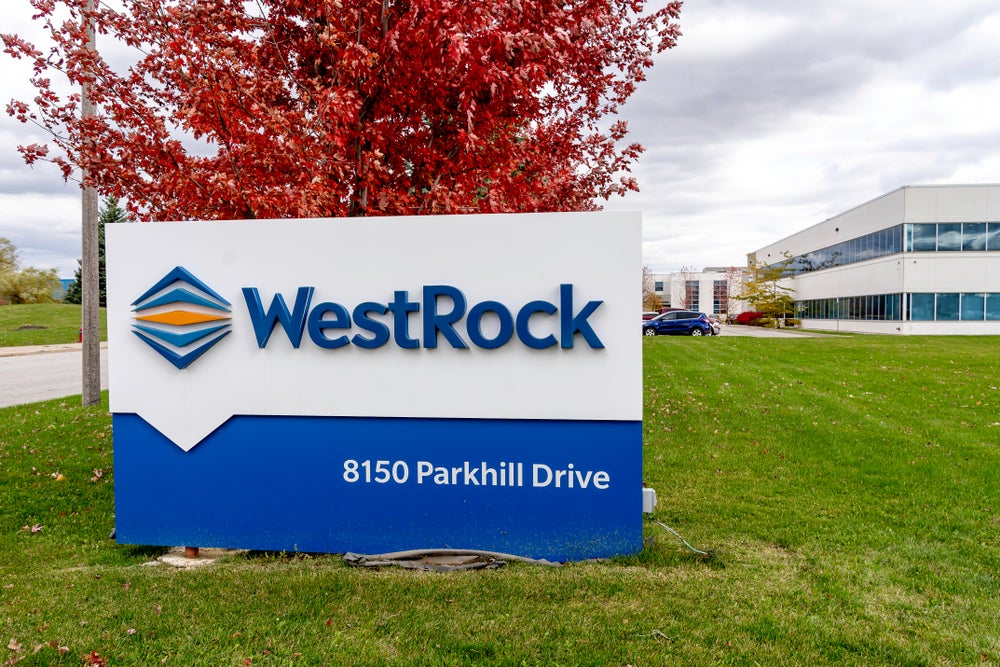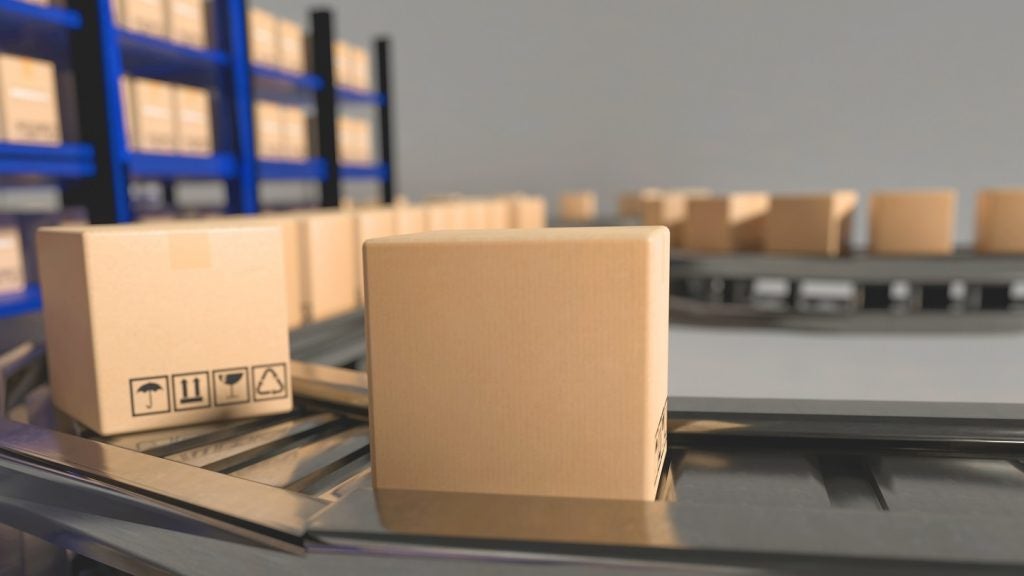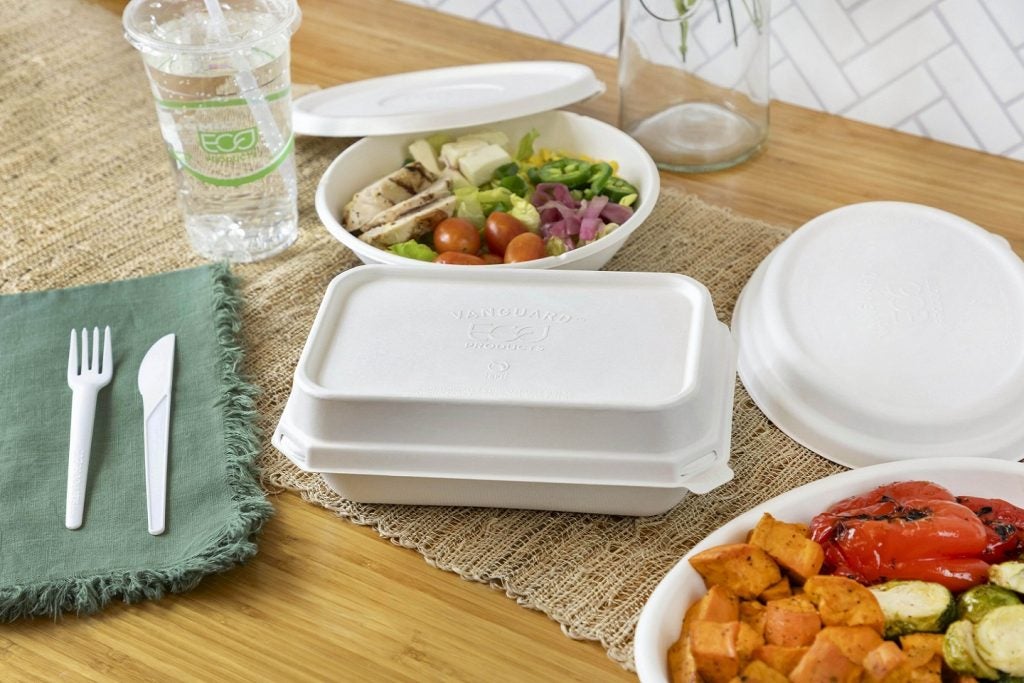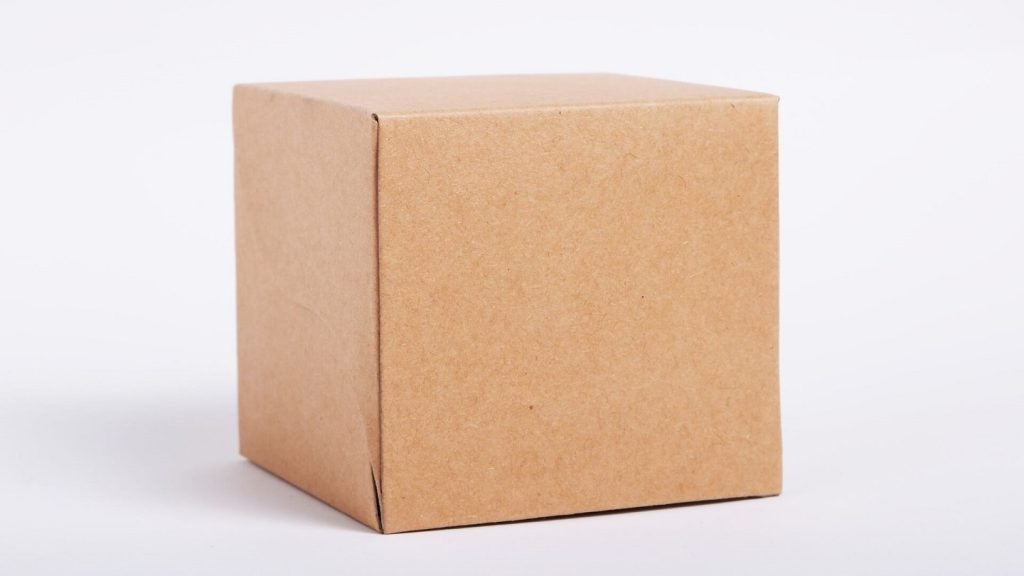Packaging plays a crucial role in the products we buy, from protecting goods to conveying essential information. However, it's also a major source of waste and environmental impact.
Sustainable packaging has emerged as an answer to these challenges, providing alternatives to traditional plastic packaging made from fossil fuels. But while these innovative products offer benefits, they also bring their own sustainability issues, often referred to as "tensions."
Exploring sustainable packaging tensions
A university study dives into the world of sustainable packaging, focusing on biobased packaging as an example of an emerging industry. Researchers interviewed 14 international companies operating across various supply chain phases within this field.
The goal was to identify and understand the tensions that arise in sustainable packaging production and the strategies companies use to address them.
Identifying the tensions
The study revealed 20 distinct types of economic, structural, psychological, and behavioural tensions in the sustainable packaging industry.
These tensions can be caused by factors such as high investment and operating costs, a lack of standards and guidelines, varying regulations among countries, and changing regulations.
These challenges are largely due to the complexities of transitioning from conventional plastics to sustainable alternatives.
Management strategies
The 12 different strategies that companies have adopted to manage these tensions are:
- Creating an ecosystem: Companies work on building an ecosystem that promotes sustainable packaging, engaging with various stakeholders, and fostering collaboration.
- Partnering: Collaborating with non-governmental organisations (NGOs) and other businesses to advance sustainable packaging goals.
- Waste collection: Actively participating in waste collection and recycling efforts to minimise the environmental impact.
- Due diligence: Conducting due diligence to ensure sustainable practices throughout the supply chain.
- Advisory services: Seeking expert advice and guidance to navigate the complexities of sustainable packaging.
- Joining associations: Becoming part of industry associations to drive collective efforts toward sustainability.
- Localisation: Emphasising local production and distribution to reduce the carbon footprint.
- Customer selection: Carefully choosing customers who align with sustainability values and practices.
- Business model innovation: Adapting business models to align with sustainable packaging solutions.
- Innovation and research: Investing in research and innovation to enhance sustainable packaging materials and processes.
- Certifications: Pursuing certifications and labels to signify adherence to sustainability standards.
- Communication: Engaging in transparent and effective communication about sustainable packaging efforts with stakeholders.
These strategies enable companies to navigate the intricate landscape of sustainable packaging innovations and minimise the challenges and adverse effects on their operations.
The dark side of sustainability
This study sheds light on the "dark side of sustainability" within emerging industries like sustainable packaging. It emphasises the need for research into the unintended consequences of sustainable production and effective management strategies.
For companies operating in these industries, these insights provide valuable guidance on how to address sustainability tensions and the situations where government intervention may be necessary.
Ultimately, sustainable packaging innovations offer promising alternatives to traditional plastic packaging but comes with their own set of challenges. Understanding and managing these tensions are crucial for a sustainable future.















